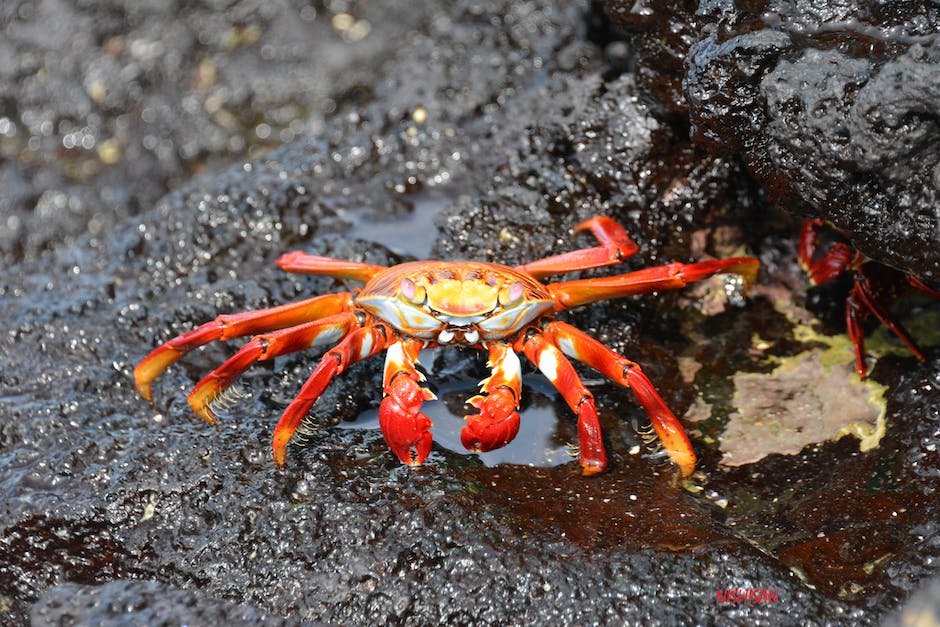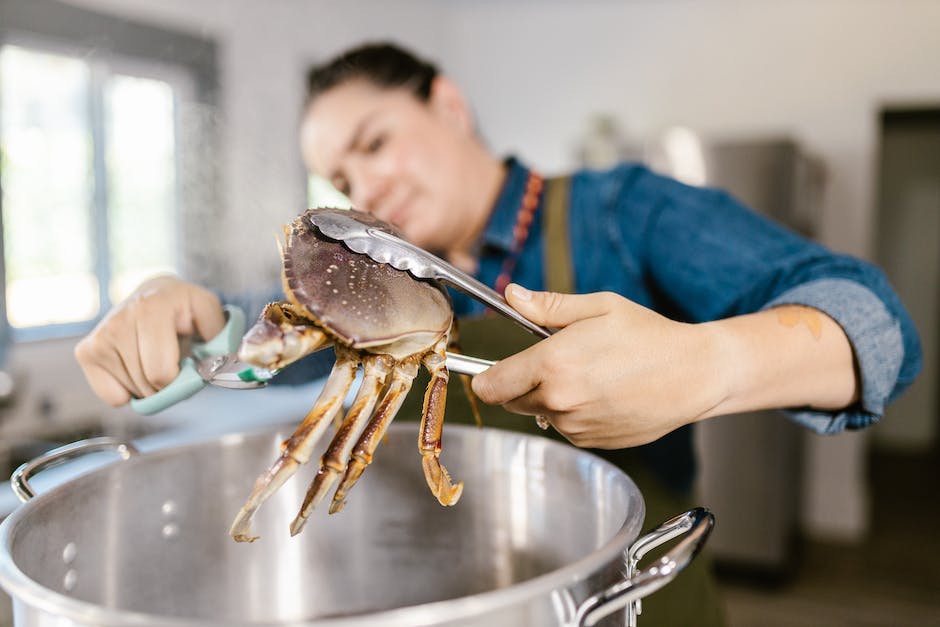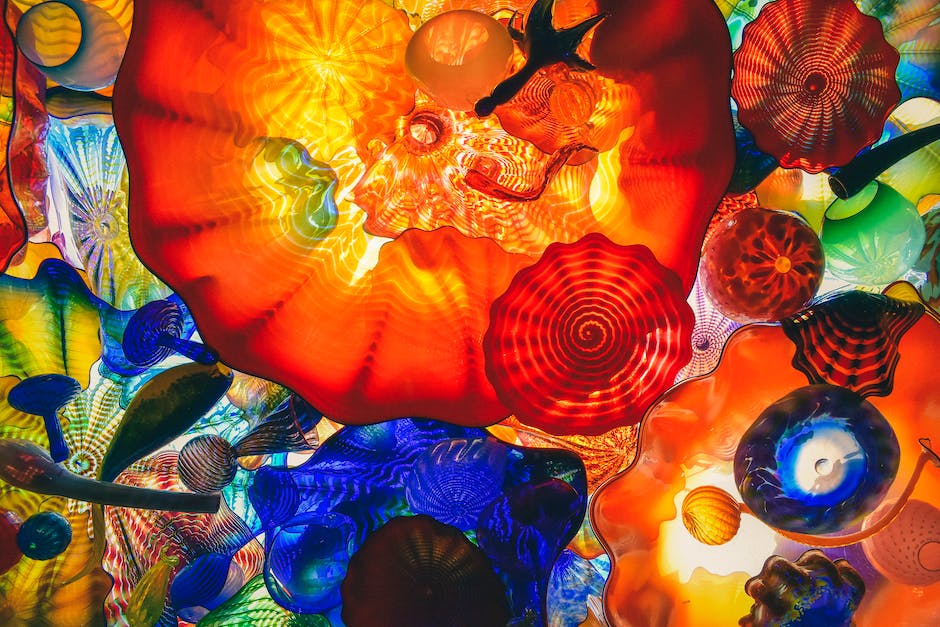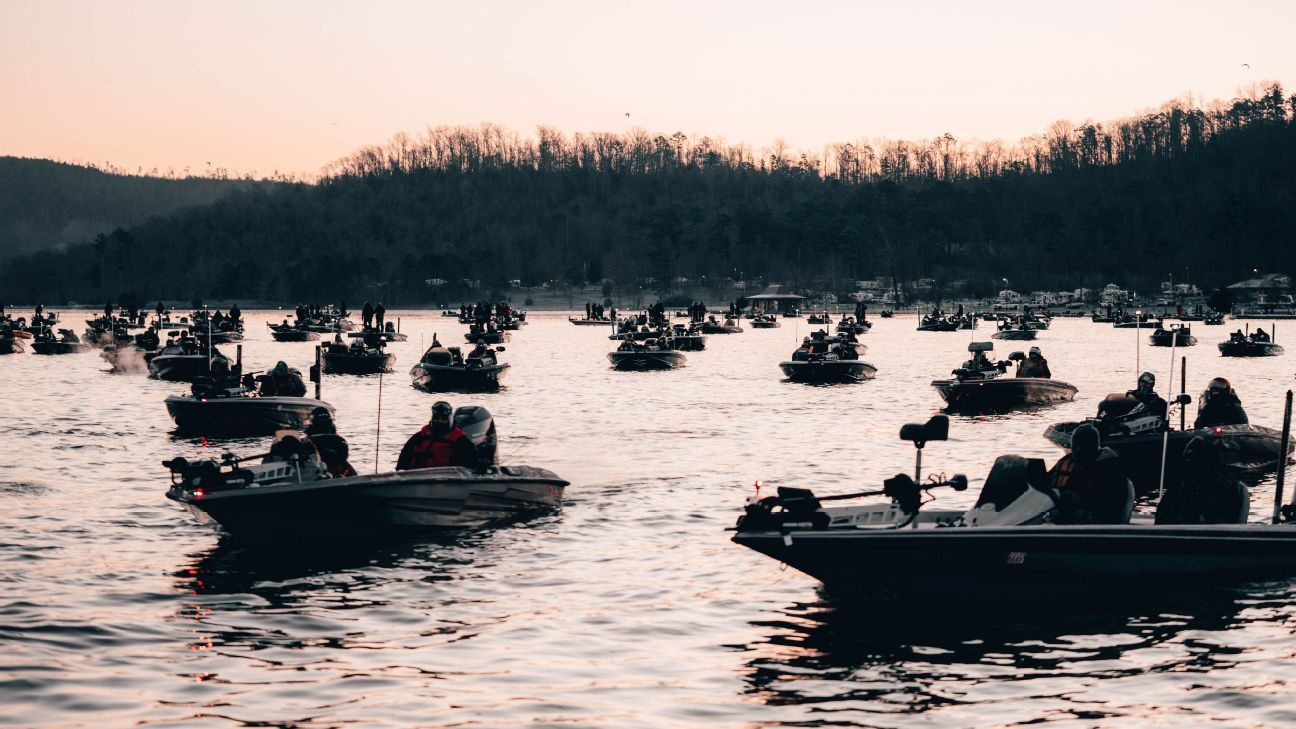
Ropes And Gauges: The Art Of Crab Potting In Chesapeake Bay
Crab potting is an art form that has been practiced in Chesapeake Bay for centuries. It involves setting traps or pots in the water to catch crabs. The process of crab potting requires a lot of skill and knowledge of the area. It also requires the use of ropes and gauges to ensure that the pots are set up correctly and that the crabs are caught efficiently.
The first step in crab potting is to set up the pots. This involves attaching ropes to the pots and then lowering them into the water. The ropes need to be the correct length to ensure that the pots are at the right depth. The pots also need to be spaced out correctly to ensure that they do not interfere with each other.
Once the pots are set up, the next step is to bait them. This involves placing bait inside the pots to attract the crabs. The bait can be anything from chicken necks to fish heads. The type of bait used depends on the preference of the crabber and the type of crabs they are trying to catch.
After the pots are baited, the crabber needs to wait for a certain amount of time before checking them. This can vary depending on the time of day and the location of the pots. The crabber needs to use gauges to determine when it is time to check the pots. The gauges measure the size of the crabs and ensure that they are caught at the right time.
When it is time to check the pots, the crabber uses the ropes to pull them up from the water. This can be a physically demanding task, as the pots can be heavy and the water can be rough. Once the pots are on the boat, the crabber needs to sort through the crabs to determine which ones are the right size and which ones need to be thrown back.
Crab potting is not just a job, it is a way of life for many people in Chesapeake Bay. It is a tradition that has been passed down from generation to generation. The art of crab potting requires a lot of skill and knowledge, but it is also a rewarding experience. There is nothing quite like the feeling of pulling up a pot full of crabs and knowing that you have caught them yourself.
In conclusion, ropes and gauges are essential tools in the art of crab potting in Chesapeake Bay. They are used to set up the pots, bait them, and catch the crabs. The process of crab potting requires a lot of skill and knowledge, but it is also a rewarding experience. It is a tradition that has been passed down from generation to generation and is an important part of the culture of Chesapeake Bay.
Popular Blog Posts
Latest News
About our Website
Step right into Wild-Crab, where the crabby seas meet the kitchen. No matter if you're an avid crab hunter or a culinary connoisseur of crab delicacies, we've got your back. Our ambition is to spread the elation and thrill of crabbing to every kitchen and fishing boat out there.
Looking to excel in the fine art of crab hunting or create a mouth-watering crab cuisine in the comfort of your own kitchen? You're in luck! Our recipe compendium is specially crafted to cater to both seasoned crabbers and culinary rookies. Our detailed instructions are easy to follow and designed to propel your crabbing prowess to new heights, whether you're standing on the sandy shores or stirring up a culinary masterpiece in the kitchen.
Resources
Quote of the Day
"If an architect makes a mistake, he grows ivy to cover it. If a doctor makes a mistake, he covers it with soil. If a cook makes a mistake, he covers it with some sauce and says it is a new recipe."
– Paul Bocuse





